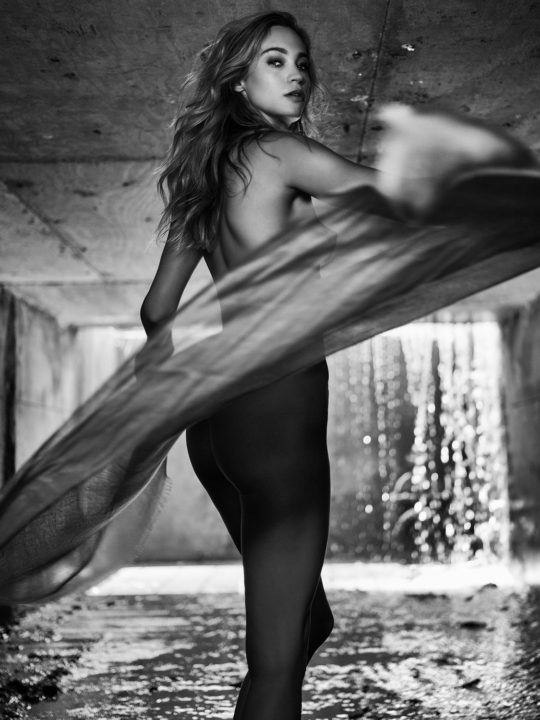User Review of the Fujifilm GFX – Compared to Hasselblad X1D, Leica, and Sony
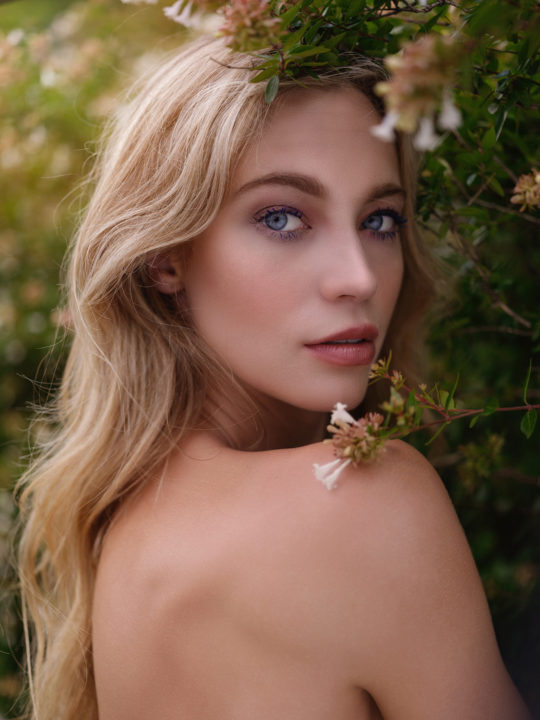
Written for Fuji Rumors by Rick Birt of romeobravophoto.com
*Note* This is a long post – I have a summary of pros and cons in my conclusion
As soon as the Hasselblad X1D-50c and Fuji GFX 50s were announced, I wanted one. The promise of Medium Format in a cheaper, and smaller package was incredibly alluring. For the past year my main camera has been a Fuji X-Pro2. I love it. I love the image quality, the colors, the size, and the Rangefinder styling. I also love Fujifilm’s Kaizen philosophy of constantly updating their camera lineup via firmware. All of these things influenced my decision toward the GFX. Luckily, my wife (Kelly Williams), and I were also given the opportunity to demo the Hasselblad X1D. The svelte styling, leaf shutter (ability to sync strobes at 1/2000s), and simple menus were all big pluses in the Hassy’s favor.
When we opened the boxes, we were woefully unimpressed by the Fuji GFX. Even though it kind of looks like a bigger X-T2, it’s actually kind of ugly in person. It almost looks like three different teams designed parts of the camera, and then they Frankenstein’d it all together in the end.
In stark contrast when we opened the X1D box, my wife said,
“We may have to buy two of these so we don’t fight over it.”
Similarly, we conducted two fashion shoots with these cameras. When we brought out the X1D, both models said
“Oh! A Hasselblad!”
Neither commented on the GFX.
Should this matter? My left brain says no. However, it does matter. What is this industry about? IMAGE. These tools are used to take images, because the world has placed value on images of pretty things. Don’t kid yourself, image is paramount in this business – especially in fashion and portraits.
Back to testing…
The first day I took photos of the usual things around my house. These are items I shoot to test tones, colors, chromatic aberration, and bokeh.
**If you would like to view or download higher-res versions of these images, I posted them in a flickr album here
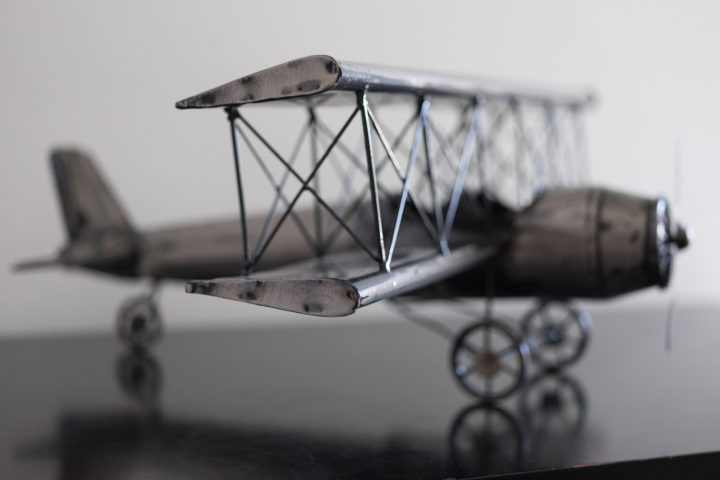
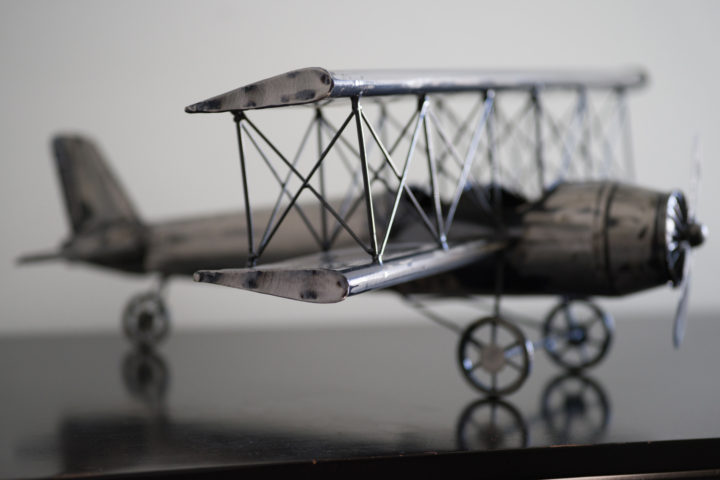
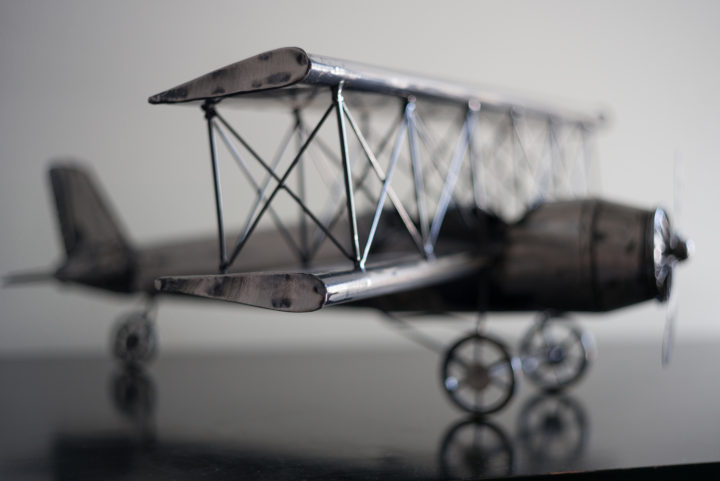
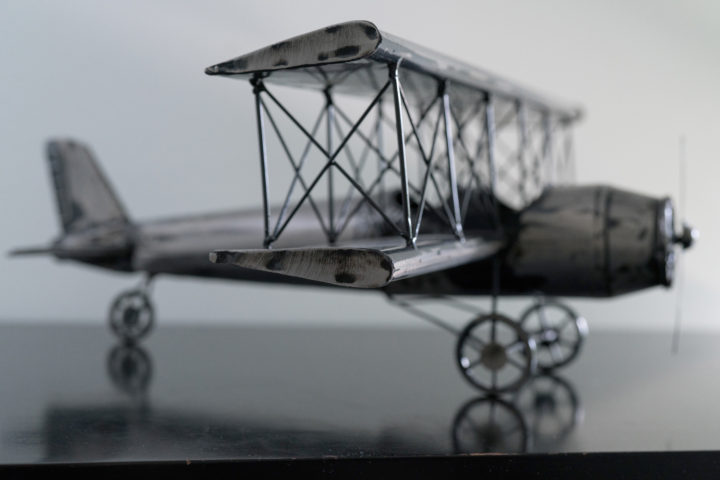
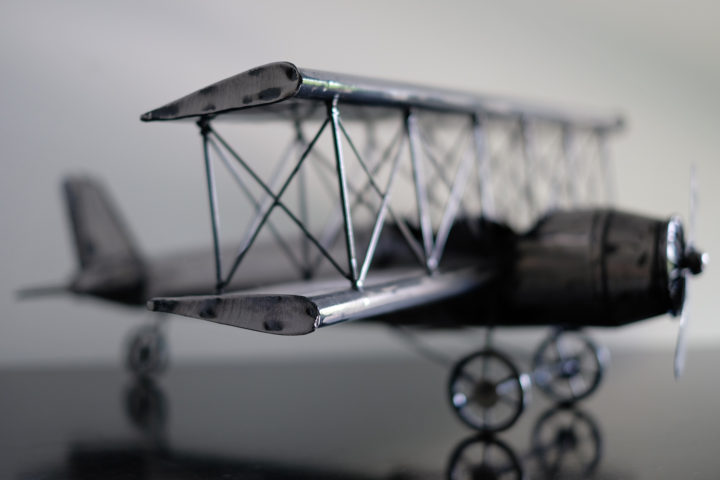
I also snagged my wife for a quick Portrait test.
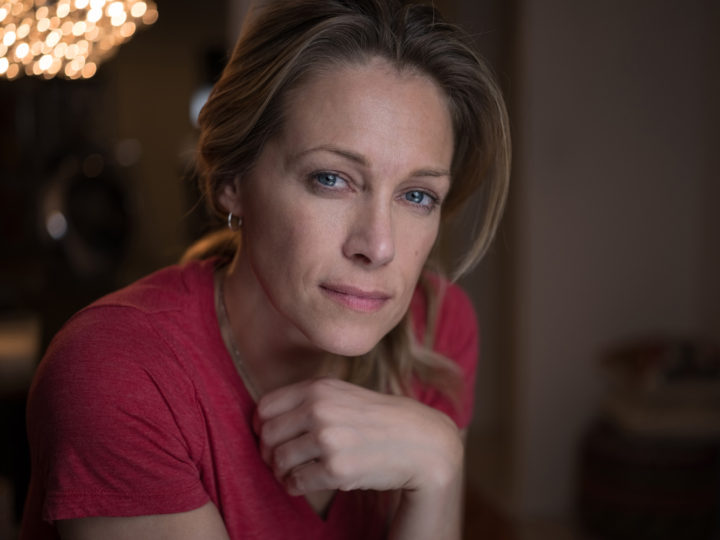
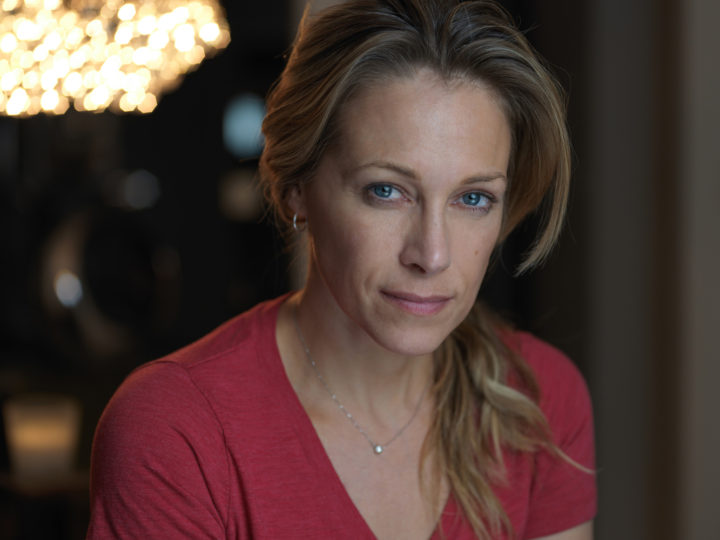
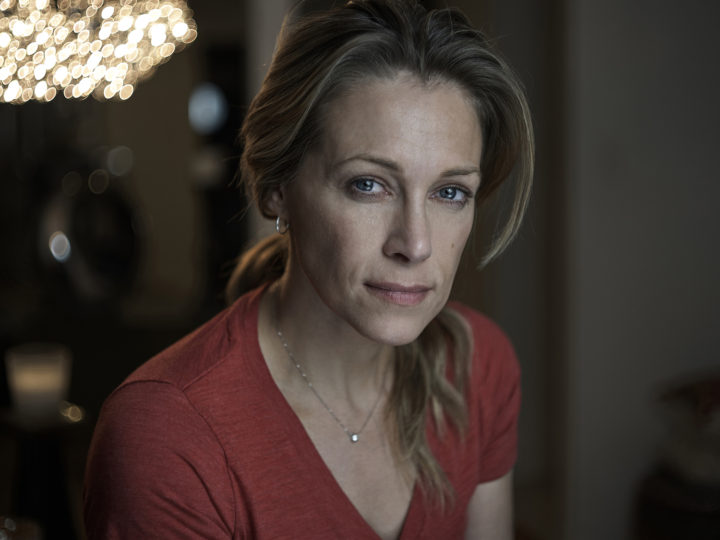
After looking over all of these shots taken with much more expensive cameras, my favorite shot actually came from my X-Pro2 with a Voigtlander 50/1.1!
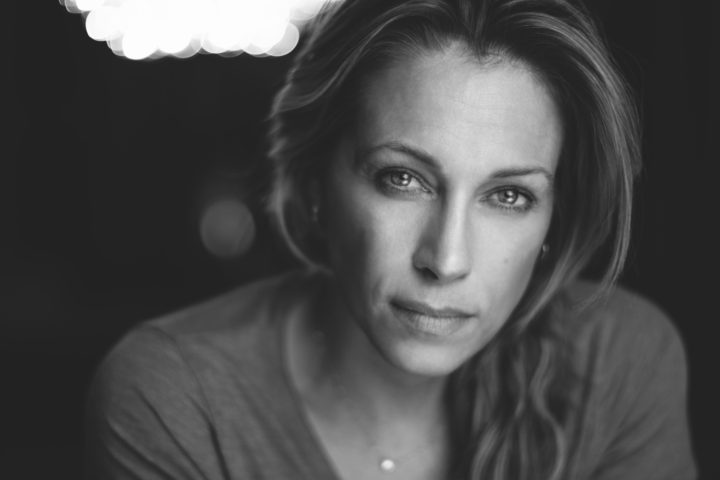
After the first day, I was very disappointed. The image quality – the big reason for buying a big sensor camera – was not remarkably better than my smaller-sensor cameras! I also noticed a lot of noise when lifting the shadows on some of the GFX files (when compared to X1D and Sony a7R II). The images from the Leica M240 and the Sony a7R II held up VERY well in this part of the comparison. When I brought the comparison images up, I asked my wife to pick which ones were from the medium format cameras. She was never 100% correct.
Moreover, the medium format cameras were slow. Especially in the AF department. The X1D’s AF was fairly quick, and very accurate, but the 45/3.5 would sometimes lock-up at infinity and refuse to AF on anything else*
*EDIT – I contacted Hasselblad about this and they said that some of their demos are pre-production models. The final versions have more stable hardware/software. Hasselblad promptly sent a replacement and it worked just fine. This is probably the reason early reviewers reported more problems than I experienced in my tests*
Also, the X1D takes between 4-6s to boot-up. Plus there aren’t as many AF points, so it’s harder to pin-point focus. The worst part of the X1D focus system is the way you have to change the focus point while composing through the EVF. First, you must press and hold a button that is VERY awkwardly placed (I was never able to do it without taking the camera from my eye and looking to find it), then you have to use the front and rear command dials to move the point.
While the GFX was faster to turn on, and operate (due to my familiarity with the X-T2), the AF seemed slightly slower, and the 63/2.8 lens definitely hunted more. I also found a few instances where the green focus confirmation came up when the subject was not in focus, and other times a red box appeared when the subject looked to be in focus.
I was pretty frustrated.
I must also mention that handling GFX raw files in Lightroom is still a slow/painful experience even though it is not using X-Trans. It takes a long-time to view and edit the files. In stark contrast the Hasselblad files are surprisingly quick (even though they are larger).
So, I decided to implement Iridient’s X-Transformer. I took all of the Fuji files, and converted them to DNG through X-Transformer, and then worked with them in Lightroom. This made a pretty big difference in both performance and image detail.
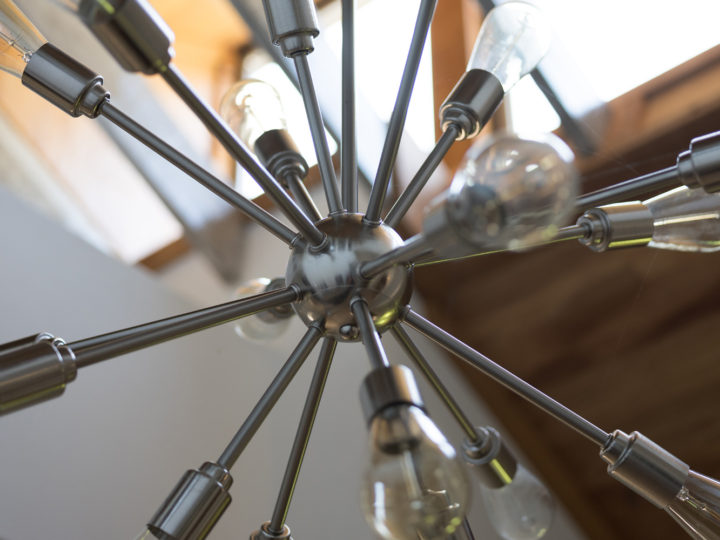
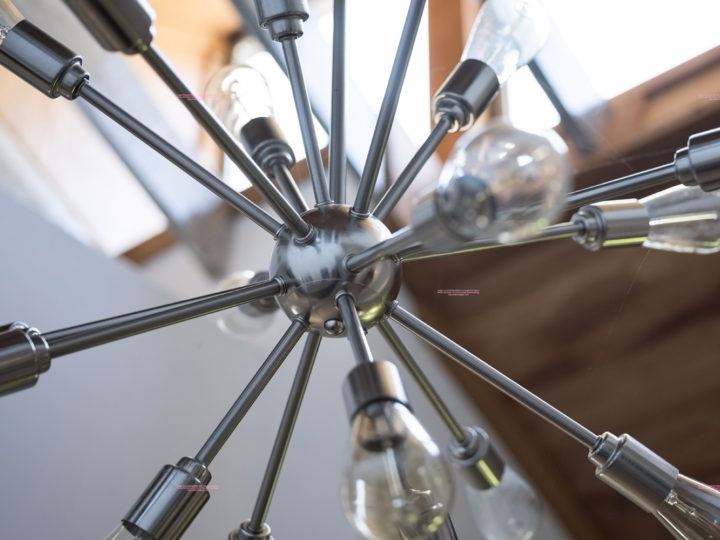
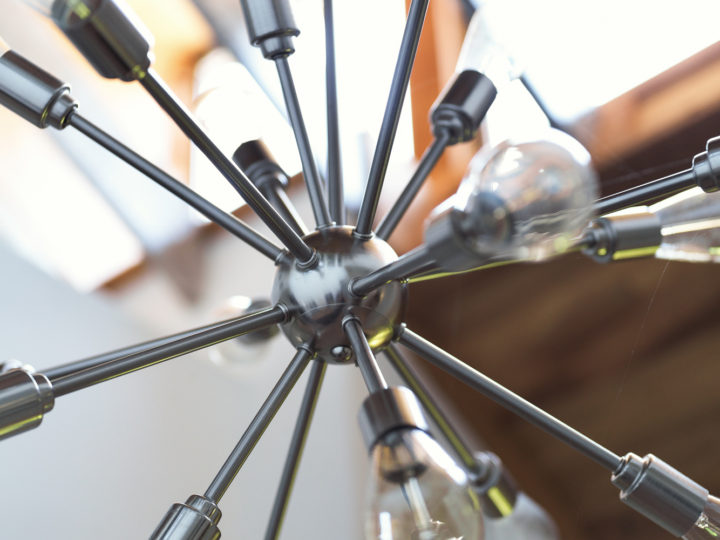
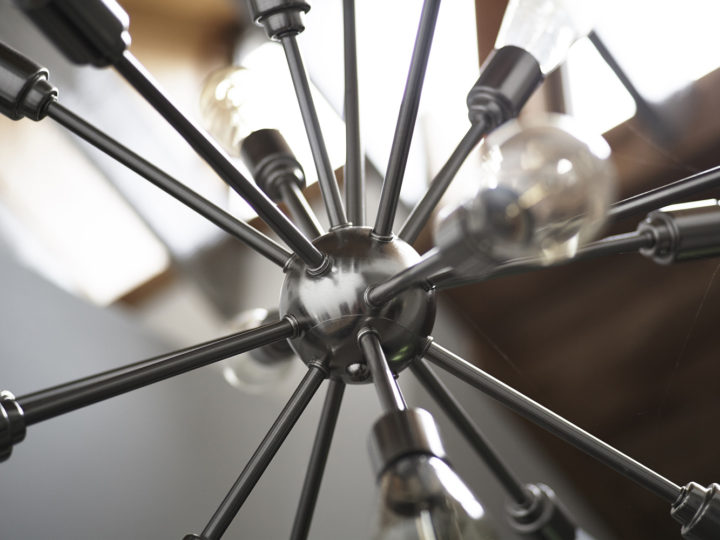
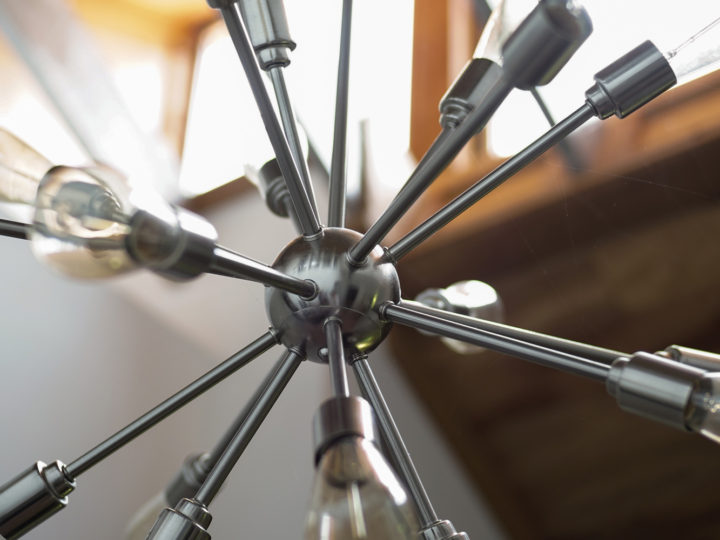
The final audition was a fashion editorial for Lovebite Magazine. This was more of a field-test than a direct comparison. The photos were BEAUTIFUL. I could finally see the 3D depth, tonal gradation, and gradual fall-off that medium format cameras are known for. Between the GFX, and X1D, there were only slight differences. The X1D seemed to handle colors a little more accurately, and seemed to be a little ‘richer’ out of the box. On the other hand, the GFX gives you Fuji’s wonderful film-simulations. On this day both cameras were about equal in shadow/highlight recovery (I’m not sure what caused the shadow noise from the GFX on the first day – maybe not using X-Transformer?). The only other difference I noticed was in the highlights – the X1D introduced more of a gentle glow sometimes and I found it quite pleasing (similar to the ‘Leica glow’). I only managed to get a few shots with the other (smaller sensor) cameras, but this time there was a noticeable difference.
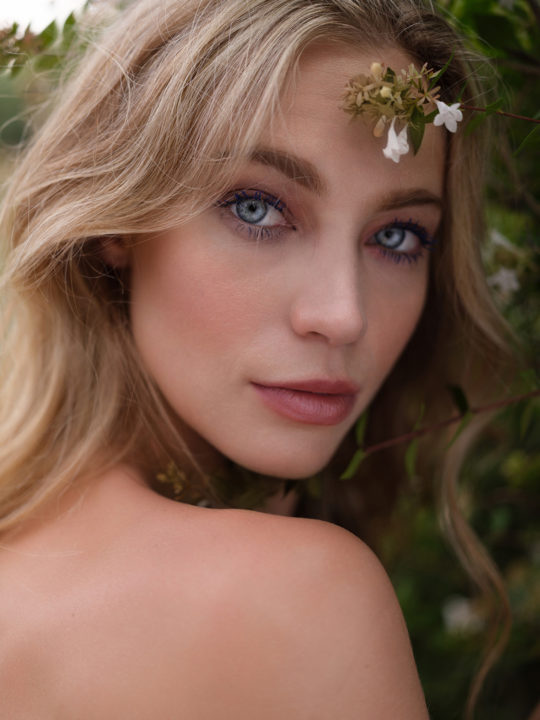
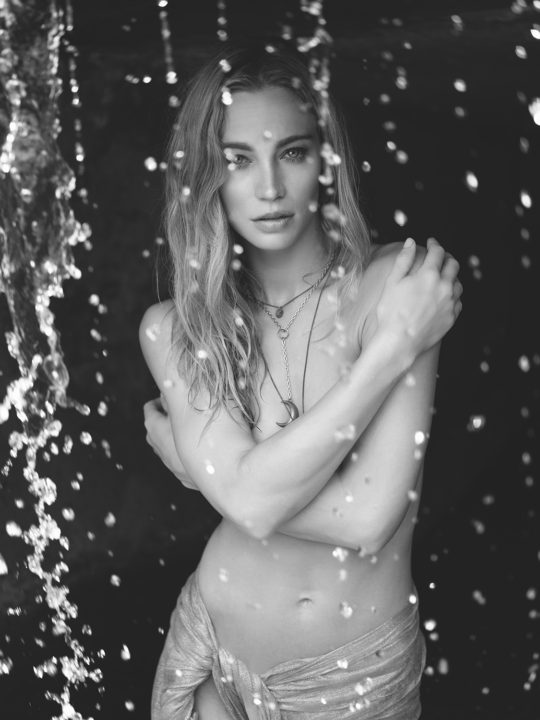
Conclusion
In the end, I am so excited that Fujifilm, and Hasselblad have introduced theses cameras. They have brought medium format down to the price, and size of high-end/professional full-frame cameras. However, they are still very expensive investments, and the gain in image quality is traded for a loss in speed, and features. The great thing is that we now have more choices, and more competition. That is always a good thing!
Fujifilm GFX Pros
| -The files are beautiful and detailed (as long as X-transformer is used before lightroom). Great IQ, Depth, and fall-off |
| -Turns on and is ready to go almost instantaneously |
| -Fuji Film-Simulations are nice to have, but I find myself using them less, and less. |
| -Every setting can be changed with your eye to the viewfinder – just like an X-T2 |
| -The price is great compared to other medium format cameras. I was pleasantly surprised by this. |
| -Fuji Kaizen – Fuji has a history of updating camera features via firmware |
| -The focus joystick |
| -MANY more features than the Hassy |
| -Ability to adapt A LOT of lenses (including leaf shutter), however adapters are very expensive, and this adds bulk and weight to the system, and none allow AF (yet) |
| -My familiarity with Fuji cameras made this a breeze to use |
Fujifilm GFX Cons
| -Flat out Ugly. Huge departure from the more aesthetically pleasing X-T and X-Pro lines |
| -Slower AF than Full Frame and Fuji X- especially with the 63/2.8. It pumps, and hunts, and sometimes just misses focus. |
| -Big & Chunky |
| -I didn’t find the EVF to be as nice as reviewers claim. Maybe it’s because I had to crane my neck so much to see everything? |
| -Using Fuji raw files in Lightroom is still a $hit-show even without X-trans. It’s SLOW, and the detail is hard to extract. |
| -Had to use X-Transformer to squeeze out an appreciable detail advantage over FF cameras |
| -Play and delete buttons are in an odd location |
| -I found it pretty cumbersome to walk around with. But I feel the same way about DSLR’s so take that with a grain of salt |
| -Flash Sync is limited to 1/125th of a second – this is a TERRIBLE design flaw IMO – sure you can adapt other lenses – but this makes the overall system clunkier and heavier (and the cost of the adapters is outrageous) |
Hasselblad X1D Pros
| -Best IQ of any camera my wife and I have ever shot with – Nice skin-tones, Very accurate colors, richness to the files |
| -Absolutely Beautiful Camera. When we opened the box – my wife said “We may have to buy two so we don’t fight over it.” UMMMMM…OK! |
| -Free Phocus & Phocus Mobile – Everyone LOVED the tethering via WiFi to our iPad! |
| -Firmware updates have come fairly frequently, and are quickly striking off items on reviewers’ con lists |
| -LEAF SHUTTER LENSES – Flash sync up to 1/2000th of a second |
| -Nikon Flash mount |
| -Simple – intuitive menus |
| -Actual Hasselblad Employees answering complaints/issues in forums (DPReview, GetDPI, Fred Miranda, etc.) – is any other camera company doing this? I haven’t seen it (at least to this extent) |
| -Lightroom handles the Large files beautifully. Much better than the files from the Fuji GFX |
| -Ming Thein – an actual photographer. He isn’t just a Hasselblad Brand Ambassador – he is the Chief of Strategy. This guy understands the average working photographer, and I am confident in the future of Hasselblad as long as he is with them |
| -Ability to adapt Hasselblad HC lenses (with AF) with the soon to be released adapter – at a pretty reasonable price |
Hasselblad X1D Cons
| -Long start-up time – actually similar to Sony a7RII |
| -Changing focus point is really a PIA. AWKWARDLY placed AF button must be held down before the focus point can be moved, and then you must use the front and rear dials to move the point when your eye is up to EVF. |
| -Low-res EVF compared to other new cameras- very similar to a7RII |
| -Hexagon shaped highlights using 90mm lens * I’ve heard this will be fixed |
| -Not enough AF Points (They are too big to pinpoint an eye sometimes) *I’ve heard this will be fixed |
| -What is that AWFUL sound coming from the camera after pressing the shutter?!?!? It sounds like a $5 electronic stapler. My Leica Q and Sony RX1RII have leaf shutters and they are virtually silent. |
| -Noticeable black-out time |
| -Issues with 45mm lenses? We had an issue where the 45mm lens would just lock-up and refuse to focus. A re-boot of the camera fixes it, but that is 10-15s each time – moments (and sunlight) were lost. *Hasselblad overnighted a replacement that worked great. |
| -Issues with Lexar SD cards – X1D would complain that the SD card was too slow (even though our Lexar is faster than our Sandisk) |
| -Takes a long time to automatically switch from EVF to LCD |
| -Slow (UHS-I) SD card slots – same as the Sony a7RII and Leica Q |
ISO & Photo Dynamic Range Comparison (from Bill Claff’s amazing site)
| Camera | Max PDR | High ISO | Low-Light EV |
| Hasselblad X1D-50c | 11.98 | 9058 | 11.5 |
| FujiFilm GFX 50S | 11.9 | 7853 | 11.3 |
| Sony ILCE-7RM2 | 11.42 | 6800 | 11.09 |
| Leica M (Typ 240) | 10.05 | 2428 | 9.6 |
| FujiFilm X-T2 | 10 | 3179 | 9.99 |
If you would like to view or download higher-res versions of these images, I will post them in a flickr album here
I would like to thank the following for their contributions to this post:
Kelly Williams (my beautiful wife), Model Roxanna Redfoot, Ming Thein and Greg King at Hasselblad, Lovebite Magazine, Aaron Mahlon (for lending me lenses and cameras), and finally to Patrick at Fuji Rumors for all that he does for this community!
If you like my work, I would appreciate a follow :)
